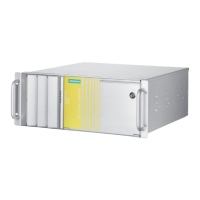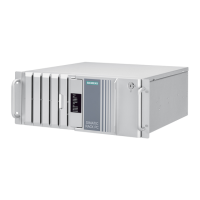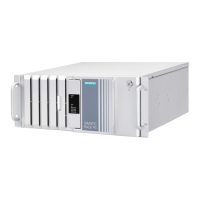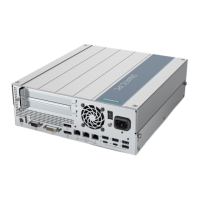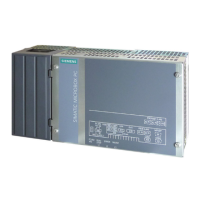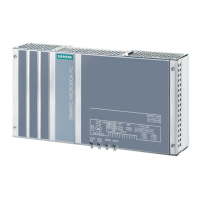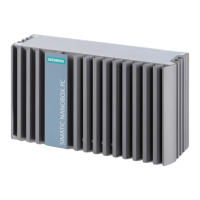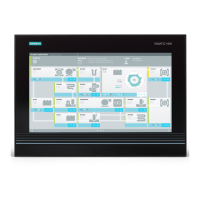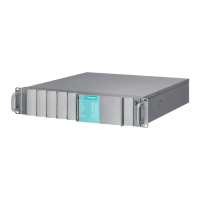Technical specifications
7.2 Directives and declarations
SIMATIC IPC527G
58 Operating Instructions, 03/2019, A5E45491226-AA
Directives and declarations
7.2.1
Electromagnetic compatibility, Industrial and Residential Areas
Electromagnetic compatibility
This product meets the requirements of EC Directive 2014/30/EU "Electromagnetic
Compatibility".
The device is designed for the following areas of application corresponding to the CE
marking:
Immunity to interfer-
ence
EN 61000-6-4:2007 +A1:2011
ESD guideline
What does ESD mean?
An electronic module is equipped with highly integrated components. Due to their design,
electronic components are highly sensitive to overvoltage and thus to the discharge of static
electricity. Such electronic components or modules are labeled as electrostatic sensitive
devices.
The following abbreviations are commonly used for electrostatic sensitive devices:
● ESD – Electrostatic sensitive device
● ESD – Electrostatic Sensitive Device as a common international designation
Electrostatic sensitive devices can be labeled with an appropriate symbol.
Electrostatic sensitive devices, ESD, can be destroyed by voltages which are far below the
human perception limit. If you touch a component or electrical connections of a module
without discharging any electrostatic energy, these voltages may arise.
The damage to a module by an overvoltage can often not be immediately detected and only
becomes evident after an extended period of operation. The consequences are incalculable
and range from unforeseeable malfunctions to a total failure of the machine or system.
Avoid touching components directly. Make sure that persons, the workstation and the
packaging are properly grounded.
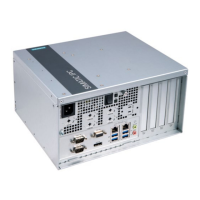
